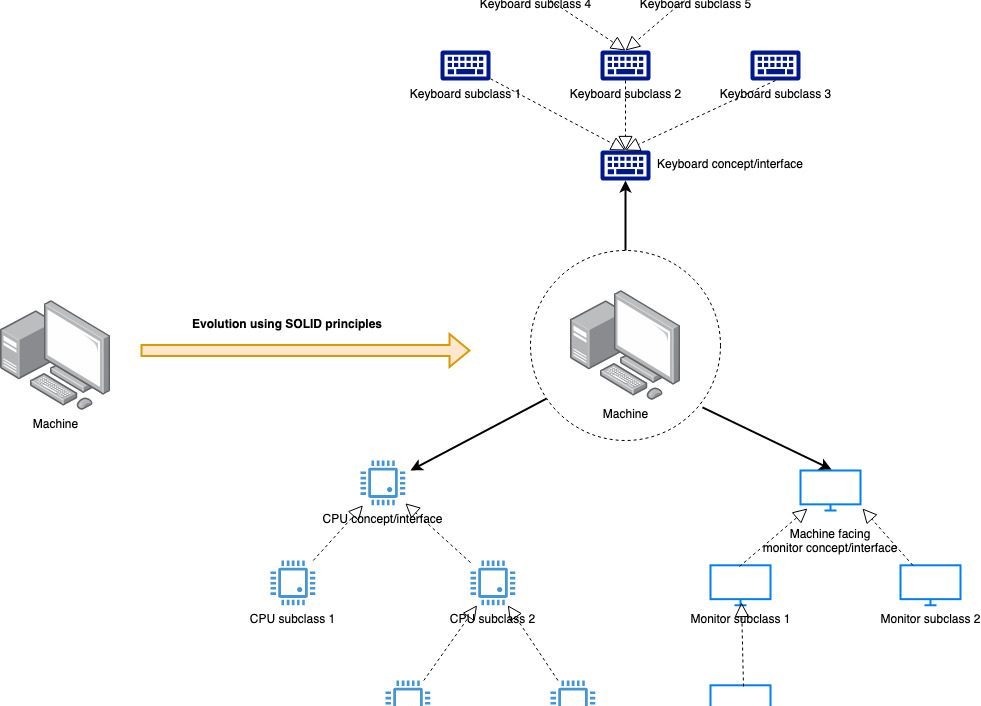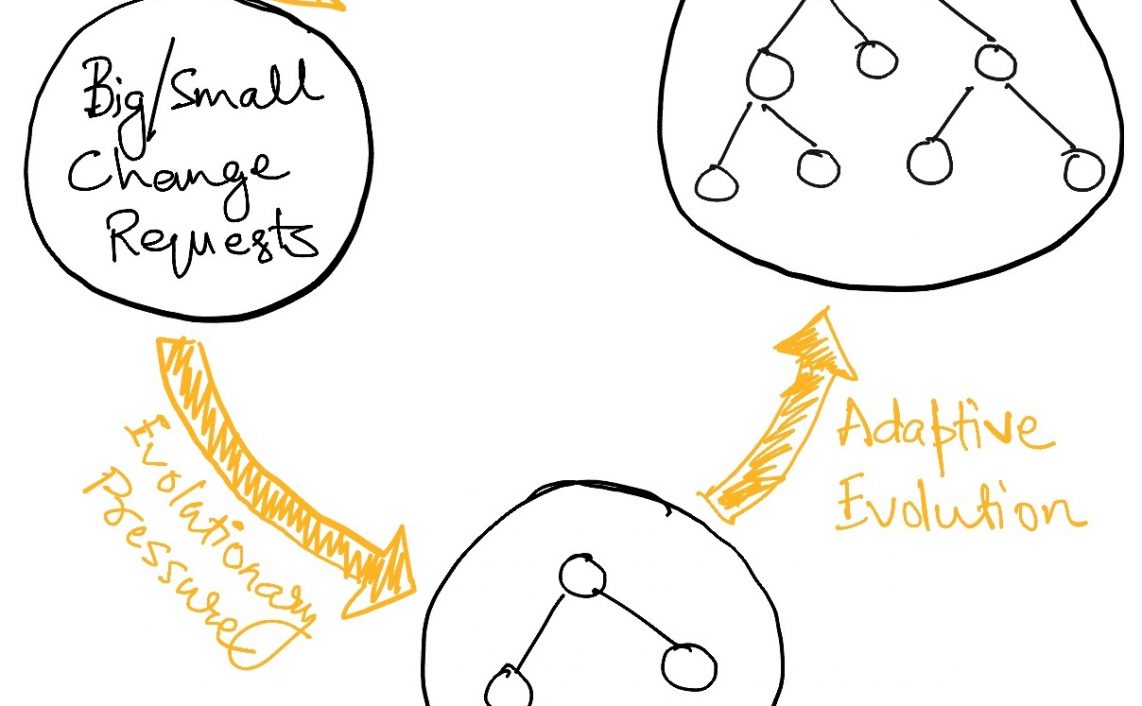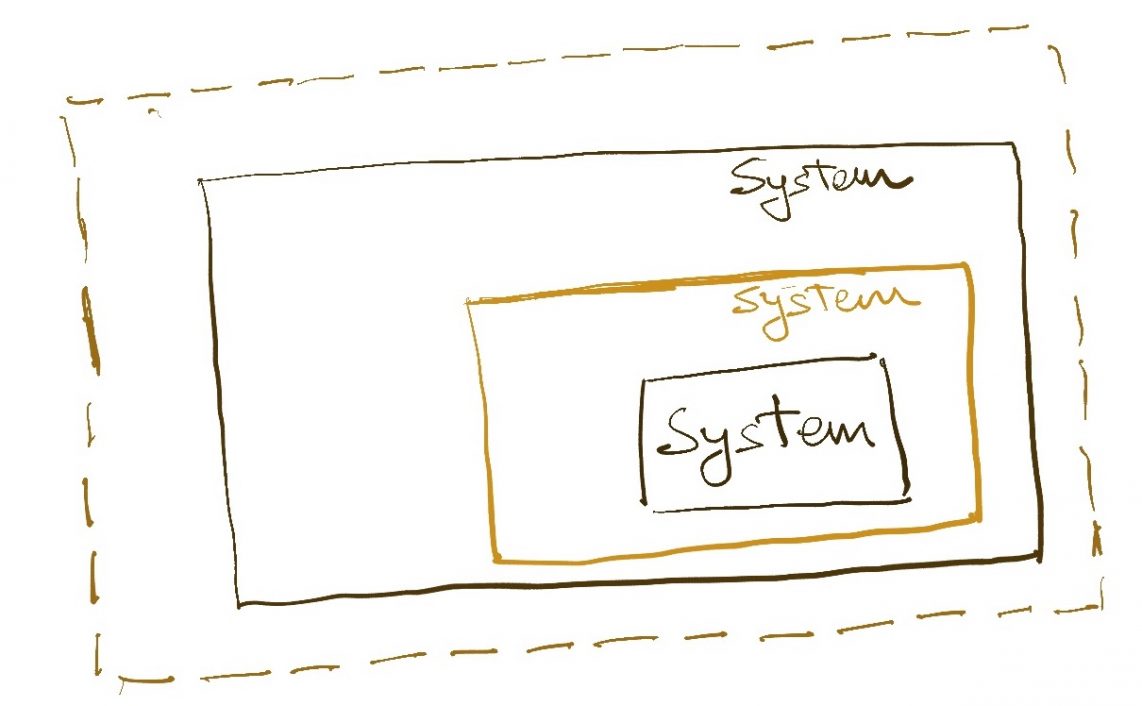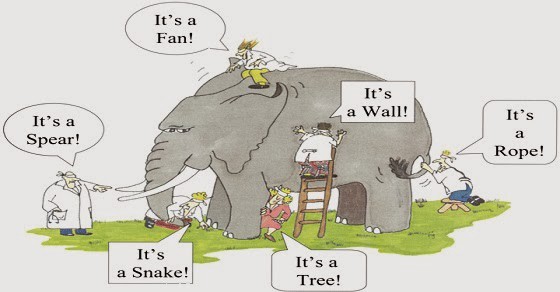
“Every great magic trick consists of three parts or acts. The first part is called “The Pledge”. The magician shows you something ordinary: a deck of cards, a bird, or a man. He shows you this object. Perhaps he asks you to inspect it to see if it is indeed real, unaltered, normal. But of course… it probably isn’t. The second act is called “The Turn”. The magician takes the ordinary something and makes it do something extraordinary. Now you’re looking for the secret… but you won’t find it, because of course you’re not really looking. You don’t really want to know. You want to be fooled. But you wouldn’t clap yet. Because making something disappear isn’t enough; you have to bring it back. That’s why every magic trick has a third act, the hardest part, the part we call “The Prestige”.”
Christopher Priest (The prestige)
Marketplaces are everywhere on the internet. And they all typically start like this.
- Find a fragmented market for service/product where the service providers are difficult to discover and compare for the customer.
- Build a product that brings a large number of them under a single place to facilitate discovery and order.
- Convince service providers that they will make more money by joining you.
- Convince customers that this is a much better way of shopping, often by giving crazy discounts.
- …you know how it goes.
The advantages to both the service providers and the marketplace owner are obvious. The former gets more demand, and the latter gets a share of the transactions. The customer gets a super convenient experience, and very often marketplaces have some kind of provider rating mechanisms that help the customer make a more informed choice.
So far, so good. Everyone seems to be winning.
The scam emerges
But this is only the first of the marketplace magic trick, the pledge if you will. Because while providers are enjoying the increased revenue coming via the marketplace, the marketplace itself has already moved on to the next step of the playbook – identifying customer needs. Because it controls the entire supply of customer data (behavioural, transactional, everything), it can now build a very deep understanding of where the customers are, what they want, and when they want it. Initially, the data is used for targeted pricing, advertisements, better-informed product decisions, etc. This stage sees intense competition among marketplaces. Many marketplaces do not come out of this alive. Those that do typically command a tremendous scale of both demand and supply.
This stage is typically too good to be true for both customers and service providers. Service providers haven’t changed their business much but are making a lot more money. Customers are getting insane discounts and near-instant gratification (as compared to the past).
Unfortunately for the service providers, this is when marketplaces bring in the next devastating piece of the strategy – replacing the service provider. The thinking goes that why should the marketplace owner share anything with service providers when it can itself become a service provider? Providing the service is, after all, just a skill that anyone with time and resources can acquire (fairly easily in most domains). So fashion marketplaces like Myntra start their own clothing brands, food marketplaces like Swiggy start their own kitchens, convenience/delivery marketplaces like Dunzo start their own stores and warehouses, travel marketplace like Uber try their hand at self-driving cars, and so on.
Now the scam is beginning to fully reveal itself in the power relationship between the marketplace and the service providers. While the providers were needed in the early days of the platform to solve the marketplace cold-start problem (demand needs supply, supply needs demand), they become a cost as the marketplace builds its own service capabilities. So the marketplace now tries to get a larger and larger share of the proceedings from the providers.
Theoretically, providers that don’t like this could walk away, but by now the whole system has become too dependent on the marketplaces by now. Customers are no longer loyal to stores and brands but are addicted to the convenience of the marketplace (e.g. I almost completely stopped going to my local grocery store and started ordering from Dunzo, Grofers etc). The marketplaces have captures the demand, and are now moving to capture an increasing share of the supply. Sure they can’t capture all of the supply, but they don’t need to as long as they capture the most lucrative bits.
This playbook has now been repeated and perfected by so many marketplaces that it is now the obvious, logical path for any such business. There is no reason to believe that any marketplace will “not” follow it in the future.
In my view, this is not a way of running an economy that can be sustained in the long run. There is a whole socio-economic commentary to be done here about the transfer of wealth and power from SMEs to a smaller elite, but I will abstain from that here. Instead, I want to focus on a separate aspect of this whole system which makes “the prestige” possible.
Let’s talk about ownership of data.
Ownership of Data
The core reason why marketplaces can make the shift from convenience providers to super-efficient service providers is because of the data they have about customer behaviour. This data being accessible only to the marketplace essentially means that the people providing the actual service have no way of knowing whether they are doing the right things and what else they could do. To be fair, this data at this scale did not exist before the marketplaces came along, but now that it does exist, it skews the marketplace-seller relationship tremendously with no recourse for the latter.
Sure, most marketplaces offer “seller insights” or other such tools for service providers, but that is typically only the tip of the iceberg in terms of information and is typically the marketplace’s view of what the providers should know. once they enter the marketplace world, providers have no leverage to dictate how the business should be run. They surrender much of the agency they had in running their business and have to become robotic followers of whatever the marketplace wants them to do.
The scam eventually turns to customers as well, but spenders are harder to replace so it usually takes longer.
I miss those days when I used to order milkshakes for Rs 20/- on Uber Eats and the rest of the cost of my milkshake of Rs 180/- was funded by VCs!
— Jhanvee Vora (@JhanveeV) January 21, 2022
I don’t have an answer to the scam yet, but I do know that the scam exists. End-to-end ownership of functions, in my admittedly limited understanding, is beneficial for individual players but seems to be actively reducing the diversity of actors in the economic ecosystem and creating massive centralized entities, which are eventually powerful enough to act unilaterally and arbitrarily in the system. That is not good.
A more sustainable version of this economic model can “probably” be built by adopting a decentralized model of information ownership where all sale and inventory data is owned by service providers and hence can be retracted anytime, logistics information known to shippers, rating and review know to other neutral observers, and all of them willingly sharing data to build a marketplace experience for the customer.
The current D2C and creator economies are a move towards this structure, but I think that the internet architecture (as it is built today) is yet to truly catch on to this. Most of the creator economy work still happens on centralized platforms, most of which are also closed from a data perspective. True empowerment of creators will require them to physically own their data, and marketplaces to receive consent for receiving this data.
The current marketplace model pretends to be free and open but it is actually the reverse, creating eventually unbalanced power relationships between marketplaces, customers, and sellers. Those of us who are building on the internet can and should do better.
Read Next: The crypto-web’s fatal flaw
If you liked this, subscribe to my weekly newsletter It Depends to read about software engineering and technical leadership







